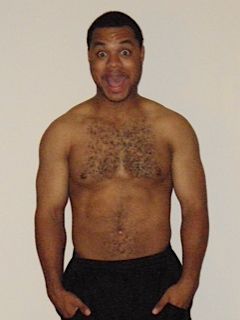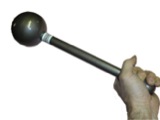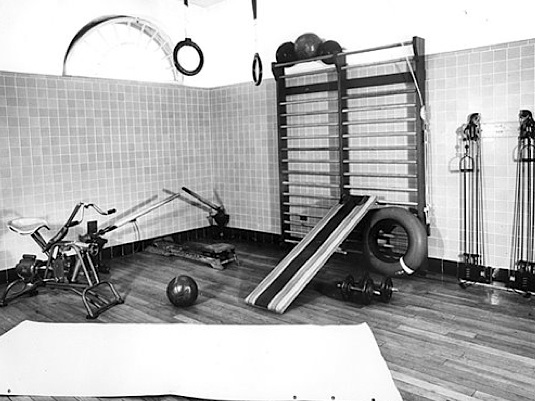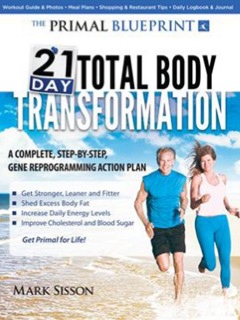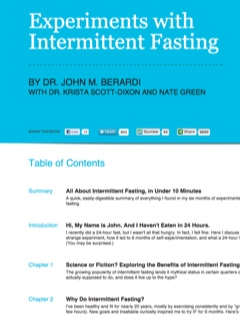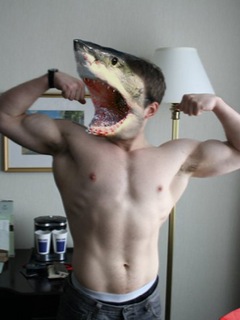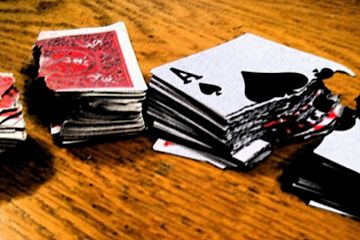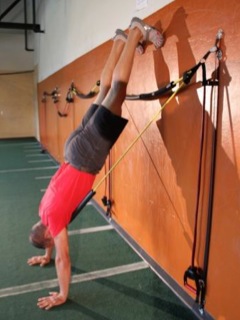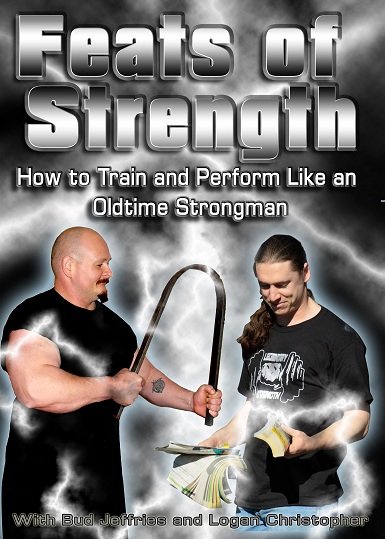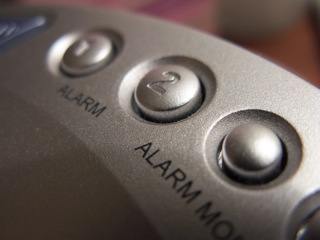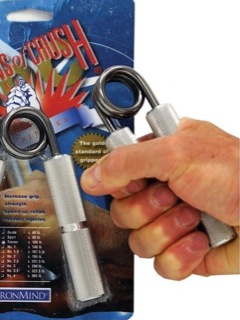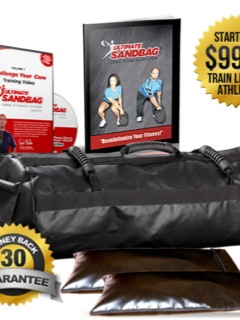
Why Include the Clean Pull In Your Program?
Aside from being a fun lift, there are a few other reasons you will want to include this lift in your workout.
If you are looking to develop maximal power, I don't think you can find a weighted exercise to beat the clean pull. It is fast, fun, explosive, and works all the major muscles that help you jump higher and be more explosive. Training your explosive strength also trains your muscles to more readily activate the higher-threshold motor units. If you want to lift heavy, you are going to need them.
This one exercise can dramatically improve your power output giving you a greater ability to exert force at higher speeds. It teaches you to be explosive, working on the powerful triple extension of the hips, knees, and ankles.
This increased power is invaluable to every athlete, providing the explosiveness necessary to gain that important half step on the competition.
Athletes and non athletes alike will also benefit from:
- increased balance
- speed development
- increased coordination
- improved flexibility
- improved concentration and coordination
There is also the benefit of added muscle mass. The clean pull works every muscle in your posterior chain adding a great deal of upper body thickness, especially through the upper back and shoulders. This is perfect for both bodybuilders and athletes.
And of course there is the issue of safety. This is an extremely safe lift. There isn't an eccentric component, but because of the incredibly fast bar speed, you can't handle the same load as a deadlift or squat. Never will you have to strain to finish the lift like you would with the squat, bench, or deadlift. All in all, the clean pull has an extremely low injury rate.
How to Do It
Just like with every other exercise, there are going to be some differences and variations with technique. But what I have outlined here is a great starting place. Follow the instructions below and you'll have a solid foundation to build upon, plus you'll have a safe and effective workout.
Set Up
This may be the most important part of the lift because without a good starting position it's extremely difficult to adjust during the lift to get a good rep. Without the proper setup, you are doomed before the bar leaves the floor.
The setup for the clean pull is a lot like a deadlift, but with a few subtle variations. Let's get started. Since there's no better starting point than the ground, we'll start with the feet and work our way up.
Feet
Your feet will be flat on the floor about shoulder width apart, in the same position they would be if you were about to do a vertical jump. Your weight is evenly distributed throughout the entire foot.
With the bar resting against your shins, firmly grasp the bar with an overhand grip just outside your shins. When standing and still holding the bar, your hands will be on the outside of your thighs, just missing them.
Grip
There are two grips that you can use...
- regular clean grip
- wide or snatch grip
The 2 grips are very similar. The only real difference is how far apart your hands are.
The snatch grip is the wider of the two. Because it is so much wider, it requires more flexibility and will reduce the amount of weight you can lift. For simplicity, let's stick with the regular clean grip. It's the more common of the two. After you master the clean grip, the snatch grip will be an easy transition.
Straps are something to avoid at all costs, so adopting a hook grip will become essential if you want to move big weight. You might as well get started now while the load is light. It's going to be uncomfortable at first, so get use to it with light loads. Taping your thumb will help somewhat, and is totally acceptable.
To do a hook grip, you are going to take an overhand grip. First, you're going to wrap your thumb tightly around the bar. Then you will grip the bar and your thumb with the rest of your hand. Depending on the size of your hand and your comfort level, you may only get one finger around your thumb, but shoot for getting your first 2 fingers around your thumb, your trigger, and middle fingers.
Now that you have a firm grip on the bar, rotate your elbows outwards so they are in line with the bar. Picture your elbows pointing out towards the weights at the end of the bar.
Torso Position
The set up for the clean pull is a lot like the deadlift. The major difference is in your shoulder position. In the deadlift, your shoulders are either directly over the bar or slightly behind it. In the clean pull, your shoulders are in front of the bar. There are different schools of thought on this approach, the Chinese go with the frog stance so their shoulders aren't as far over the bar. I don't recommend this for anyone but the competitive Olympic lifter. Instead, you will want your shoulders to be well in front of the bar. Make sure to keep a flat back and your chest up.
Before you pull, take a deep breath. Make sure your shoulder blades are pulled back and your chest is nice and high. You are set, ready to begin the first phase of the pull.


